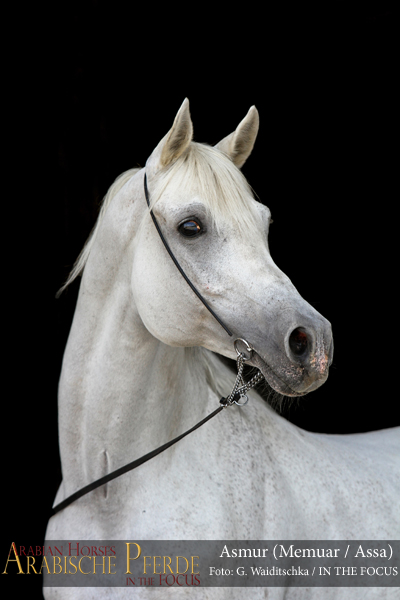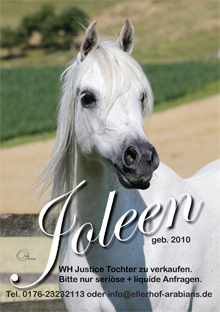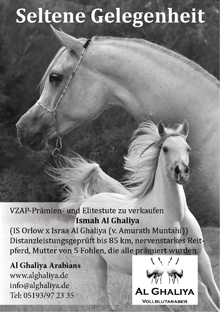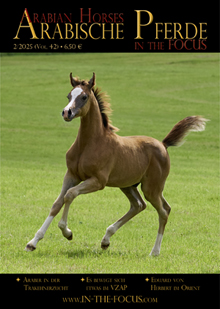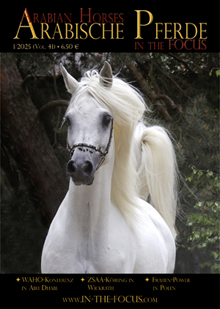Russian Registrar Alexander Shemarykin of VNIIK introduces us to the Russian sirelines, reveals how and in which combinations they breed successfully, and explains, what means “Classic Russian Arabian” in Russia today.
Show Horse Breeding
Recently, a growing number of breeding experts and likeminded horse owners have discussed about the reduction of genetic diversity in the breed and the influence of with imported blood, often of questionable quality.
Conventional breeders like to recall: “Yeah, there were horses, when we were young, whose price at international auctions equalled amounts with five and even six zeros and they had world-class performance”. The community has been talking about the uniqueness of the gene pool of the Russian Arabian in comparison with the bloodlines the international market is saturated with.
Therefore, I feel, there is a need for figuring out what in our understanding should be considered a “Classic Russian” in terms of the composition of pedigrees? And how can these lines be developed in the future?
Let us start with the fact that today’s Russian Arabian horse breeding cannot compete with international show horse breeding in Western Europe and the Middle East. This is primarily due to the lack of the “dished” head with the prominent exotic profile. I will not go into explaining the modern show market, since there are numerous articles on this subject published in the breed specific journals worldwide. But one thing is certain – anyone who is familiar with the breed knows what an Arabian horse looks like: a distinct head with all the characteristics that we find in the drawings of, for example, Peter Upton, combined with a correct conformation of the body, and primarily, the croup and hindquarter.
From a phenotype point of view, our horses, who are commonly referred to show horse breeding (Russian show lines include the Balaton and Piligrim branches), bear the following disadvantages: flat forehead, straight profile (no dish), flat cheeks, absence of high cheekbones, narrow jowl, heavy neck and lack of refinement in the throat latch. In addition, the characteristic features of our show horse breeding includes: short, straight, low or sloping croup, indistinct knees and poor gaskins. The plusses are: good height, good bones, very good mechanic in all gaits and very good tail carriage; also on the plus side are a very good character, good working disposition and big, friendly eyes.
However, this is not enough; I would like to point out that the development of show horse breeding in its modern form without the systematic use of high-quality import of stallions and lines with proven persistence in the transmission of the qualities required in a horse show, would be impossible in our country. The following stallions have proven to have high quality offspring: Fame VF, Bey Shah, Gazal Al Shaqab and his grandsire Ruminaja Ali, and Padrons Psyche. More attention should be paid to the quality of the offspring rather than the awards of the selected stallion. After all, when looking back, not every show horse ended up being a great sire or dam.
-------------------------------------------------------------------------------------------------
The rest of this article is only visible to Online Subscribers.
Please log-in, if you are already an Online-Subscriber: Login-PagePlease go to the Shop, if you want to become an Online-Subscriber: Shop-page
The one-year Online Subscription is available at 20 €
-------------------------------------------------------------------------------------------------
Alexander Shemarykin
(to be continued)






